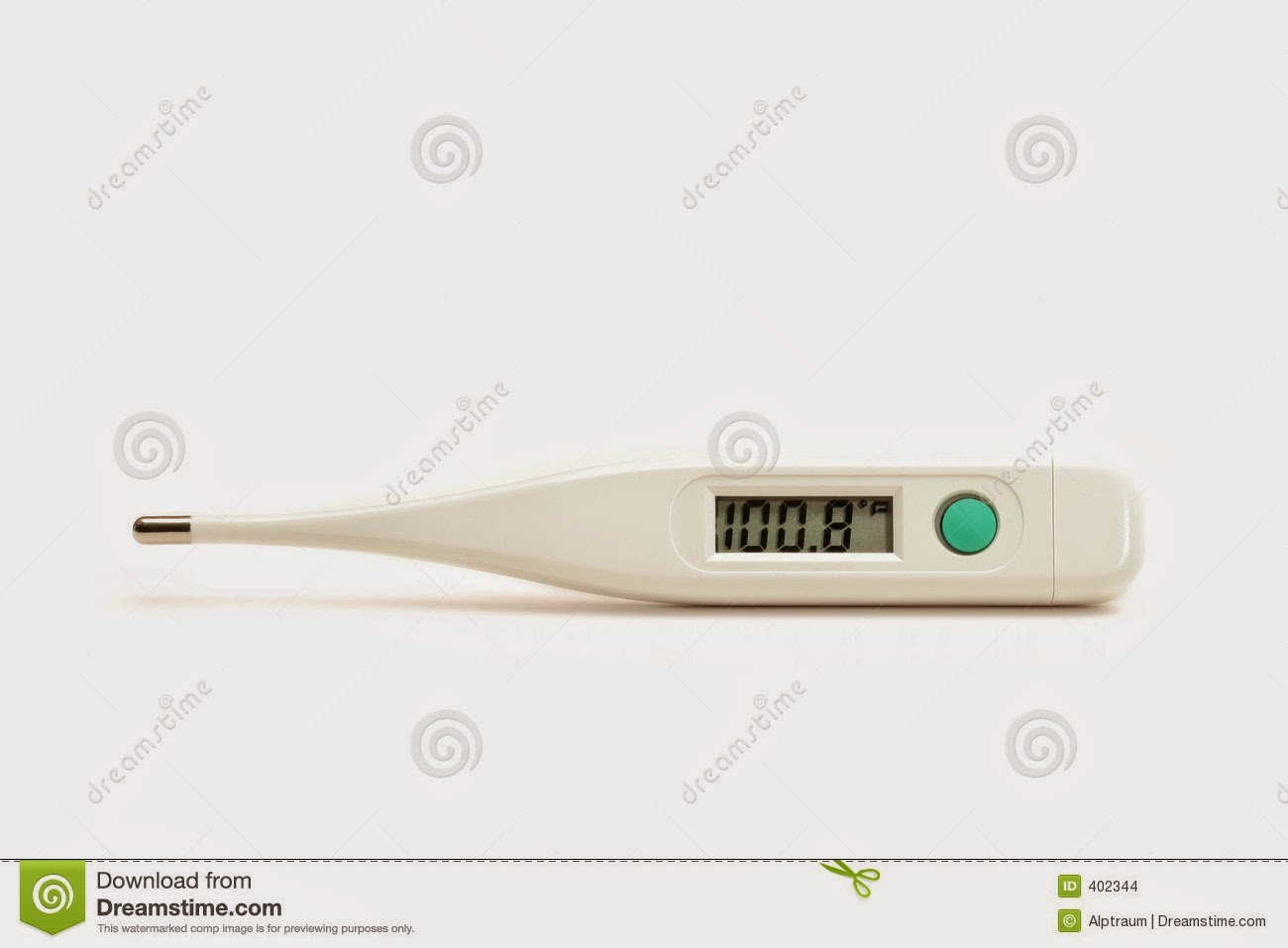What Is the Ebola Virus?
Ebola disease—also called Ebola hemorrhagic fever or Ebola fever—is a rare and often fatal illness that humans and nonhuman primates (such as monkeys and gorillas) can contract. There have been several outbreaks of Ebola fever in Africa. There has never been a reported case of Ebola fever in people in the United States.
The Ebola virus causes Ebola fever. The virus is found in Africa and the Philippines—but, the virus from the Philippines does not cause illness in humans. The virus was named after the Ebola River in the Democratic Republic of the Congo, where it was first discovered.
The Ebola virus was discovered in 1976 and has appeared in sporadic outbreaks since then. According to the Centers for Disease Control and Prevention, there have been 2,265 reported cases of Ebola fever in humans around the world since 1976. Of these, 1,531 resulted in death
Types of Ebola Virus

There are five subtypes of Ebola virus:
- Ebola-Zaire
- Ebola-Sudan
- Ebola-Ivory Coast
- Ebola-Bundibugyo
- Ebola-Reston
What Are the Symptoms of Ebola Fever?
If you are exposed to the any of the African forms of the Ebola virus, you will begin to display symptoms anywhere from two to 21 days following that exposure. The onset of the illness is rapid. The initial symptoms resemble those of a common flu infection and include:- fever
- headache
- sore throat
- joint and muscle soreness
- weakness
As Ebola fever progresses, the symptoms become more severe. Late-stage symptoms of Ebola virus may include: How Is Ebola Fever Diagnosed?Ebola fever is diagnosed using blood tests to detect the Ebola virus in your blood. Your doctor may test you for the Ebola virus if you have symptoms of Ebola fever and have recently been in an area where the virus is found.How Is Ebola Fever Treated?There is no cure for Ebola fever. The only available treatments are those meant to help to ease your symptoms. These may include:There is no cure for Ebola fever. The only available treatments are those meant to help to ease your symptoms. These may include:
How Is Ebola Fever Diagnosed?Ebola fever is diagnosed using blood tests to detect the Ebola virus in your blood. Your doctor may test you for the Ebola virus if you have symptoms of Ebola fever and have recently been in an area where the virus is found.How Is Ebola Fever Treated?There is no cure for Ebola fever. The only available treatments are those meant to help to ease your symptoms. These may include:There is no cure for Ebola fever. The only available treatments are those meant to help to ease your symptoms. These may include:



